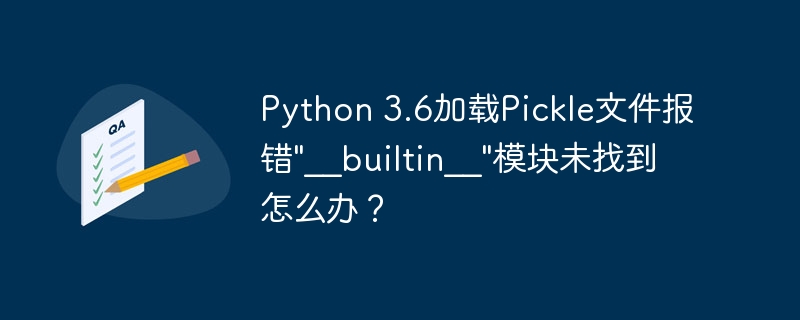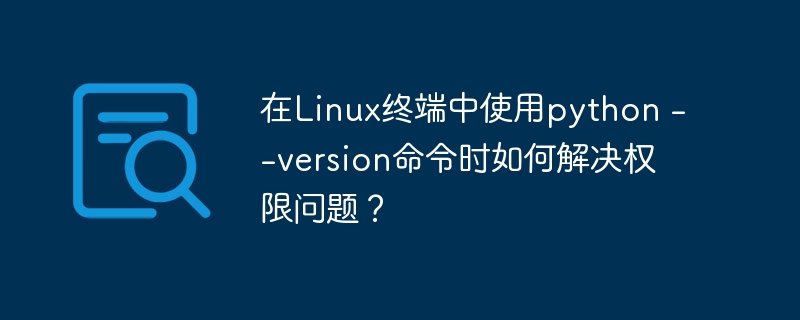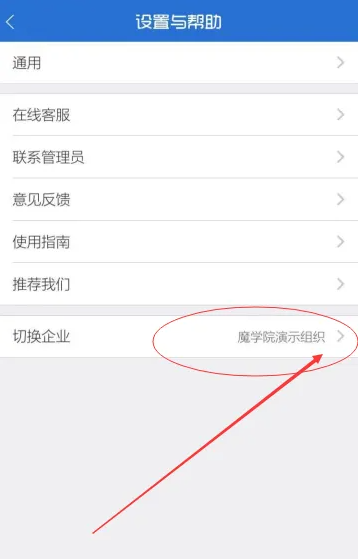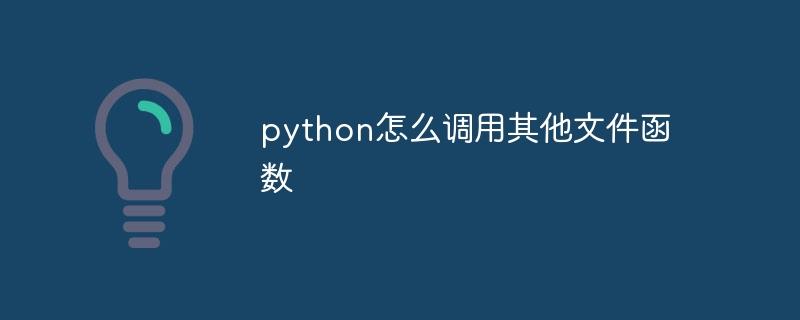
本文介绍如何使用Python的requests库和xml.etree.ElementTree模块解析XML数据。XML(可扩展标记语言)用于存储结构化数据。 常见的XML应用包括站点地图和RSS订阅。
以下是一个XML文件示例:
<breakfast_menu>
<food>
<name>belgian waffles</name>
<price>$5.95</price>
<description>two of our famous belgian waffles with plenty of real maple syrup</description>
<calories>650</calories>
</food>
<food>
<name>strawberry belgian waffles</name>
<price>$7.95</price>
<description>light belgian waffles covered with strawberries and whipped cream</description>
<calories>900</calories>
</food>
<food>
<name>berry-berry belgian waffles</name>
<price>$8.95</price>
<description>light belgian waffles covered with an assortment of fresh berries and whipped cream</description>
<calories>900</calories>
</food>
<food>
<name>french toast</name>
<price>$4.50</price>
<description>thick slices made from our homemade sourdough bread</description>
<calories>600</calories>
</food>
<food>
<name>homestyle breakfast</name>
<price>$6.95</price>
<description>two eggs, bacon or sausage, toast, and our ever-popular hash browns</description>
<calories>950</calories>
</food>
</breakfast_menu>这个例子展示了一个breakfast_menu根元素,包含多个food元素,每个food元素包含name、price、description和calories子元素。
接下来,我们将学习如何用Python解析此类XML数据。首先,设置开发环境:
安装必要的库:
sudo apt install python3 python3-virtualenv -y # Debian/Ubuntu
python3 -m venv env # 创建虚拟环境
source env/bin/activate # 激活虚拟环境
pip3 install requests创建main.py文件并输入以下代码:
步骤一:获取所有标签名
import requests
import xml.etree.ElementTree as ET
response = requests.get('https://www.w3schools.com/xml/simple.xml')
root = ET.fromstring(response.content)
for item in root.iter('*'):
print(item.tag)这将打印出所有XML标签的名称。
步骤二:提取特定元素的值
import requests
import xml.etree.ElementTree as ET
response = requests.get('https://www.w3schools.com/xml/simple.xml')
root = ET.fromstring(response.content)
for item in root.iterfind('food'):
print(item.findtext('name'))
print(item.findtext('price'))
print(item.findtext('description'))
print(item.findtext('calories'))这将打印每个食物的名称、价格、描述和卡路里信息。
步骤三:格式化输出
为了更清晰地显示结果,我们可以格式化输出:
import requests
import xml.etree.ElementTree as ET
response = requests.get('https://www.w3schools.com/xml/simple.xml')
root = ET.fromstring(response.content)
for item in root.iterfind('food'):
print('Name: {}, Price: {}, Description: {}, Calories: {}'.format(
item.findtext('name'), item.findtext('price'), item.findtext('description'), item.findtext('calories')))这将以更易读的格式打印输出。
XML文件示例来自w3schools。
希望本文对您有所帮助! 您可以通过你的赞助链接来支持我的工作。
以上就是在 Python 请求库中使用 XML的详细内容,更多请关注知识资源分享宝库其它相关文章!
版权声明
本站内容来源于互联网搬运,
仅限用于小范围内传播学习,请在下载后24小时内删除,
如果有侵权内容、不妥之处,请第一时间联系我们删除。敬请谅解!
E-mail:dpw1001@163.com











发表评论